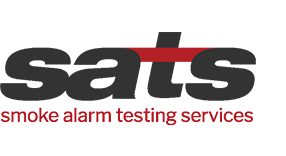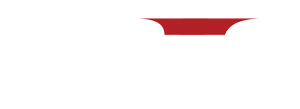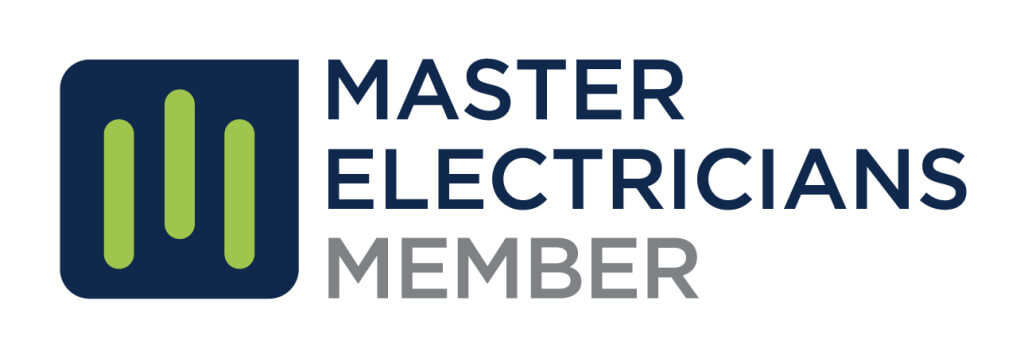Working from home is the new reality for many of us as we learn to live with COVID. It’s important to do everything you can to make your home as safe as possible.
Working from home can pose many challenges for people. Whether it is working around home-schooling, partners also working from home or having to keep our fur babies off zoom, we can forget to make sure our homes are safe for us to work from.
So how do you make sure you are working safely from home?
IDENTIFY PHYSICAL HAZARDS
When working from home, identify and address physical hazards in the home office that may be caused by poor housekeeping and improper equipment.
- Avoid conditions that create electrical hazards (e.g: computers and other equipment plugged into extension cords),
- trip hazards (e.g: electrical wires scattered along walking paths),
- blocked exit paths, and falling object hazards (e.g: overloaded book shelves)
SETUP YOUR WORKING FROM HOME OFFICE CORRECTLY
Help avoid sprains and strains by making sure you have the correct chair height and the chair supports your back. Have your mouse within easy reach and on the same surface as your keyboard.
ESTABLISH A WORK ROUTINE
To ensure that you still have a work life balance, you must establish reasonable boundaries between work and personal life by developing a work routine.
Avoid unnecessary and avoidable work-related communication outside regular working hours. You can also pre-plan and create variations in your work routine as well as substituting exercise for what was commute time.
FIRST AID
Keep a First Aid Kit in a safe, dry, easily accessible location. Some basic supplies may include: sterile eye dressings, crepe rolled bandages, band-aids of different sizes and shapes and antiseptic spray.
Another consideration is to take a first aid course, its always good to know what to do in an emergency!
FIRE SAFETY
- Check and replace all damaged and frayed electrical cords on electrical equipment, including computers and laptops.
- If you have pets in the house, make sure they can’t access the cords (so they can’t attempt to chew on them).
- Make sure devices are charging on a safe surface and not under a pillow or in your bed.
- Many house fires start in the kitchen, don’t leave stove-tops and other cooking appliances unattended.
AND MOST IMPORTANTLY WHEN WORKING FROM HOME
Make sure you have a working Smoke Alarm! A Smoke Alarm can only save lives if they are present, properly maintained and in good working order.
Also have a fire extinguisher and fire blanket in the house, they are essential for protecting your home against a fire.
If you need assistance in checking if your Smoke Alarms are in good working order , or you need help in replacing them, give us a call at 1300 41 66 67 or email info@sats.com.au


